LabFront is a platform that enables researchers to remotely collect physiological data from participants for their research. With LabFront, researchers are no longer limited by the physical restrictions of the lab — allowing both researchers and participants to operate from the comfort of their homes. The service consists a web-based application, a mobile application, and specialized hardware (ie: Garmin Smartwatches).
Science
PhysioQ (via Kiipo)
User Research, UX Design, Interaction Design, UI Design
Conducting research is a difficult process, often taking years to get through applying for grants, getting IRB approval, finding participants, collecting data, etc. Our founder tasked us with a simple yet monumental task. To create a product that scientists and researchers could use that would significantly simplify their workflows. This was a unique challenge due to the scope and freedom, meaning we’d have to identify the problems and come up with a best solution — maximizing impact with the limited resources of a startup’s not-for-profit branch.
First step, we had to know the research environment inside and out. We conducted interviews with 7 research assistants and students (Masters, PhD, Post-doc) as well as a couple professors from a variety of research backgrounds to learn the process of conduct physiological experiment. Our main focus was to learn the way they dealt with data, from collecting data to using it, and how they managed the entire process.
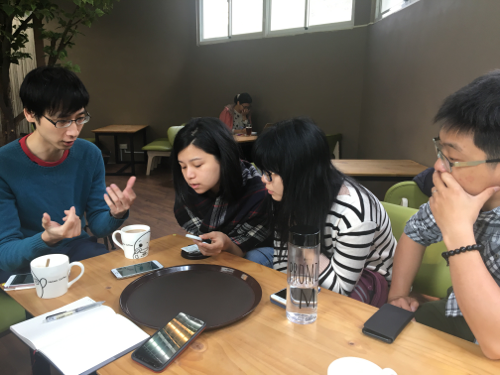
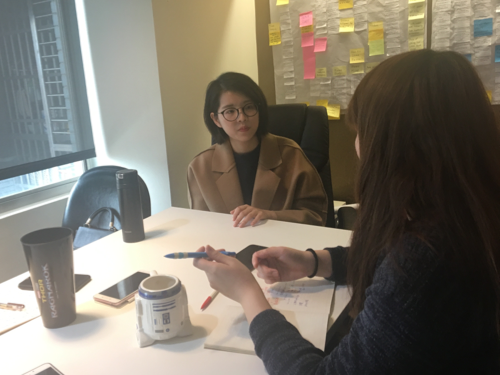
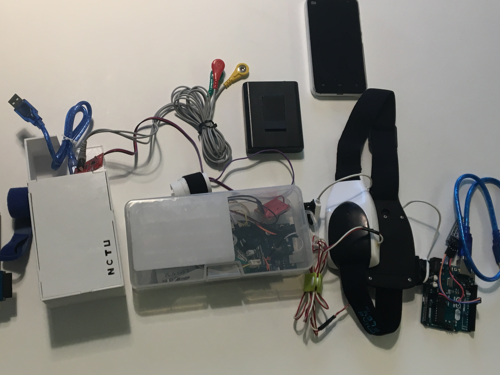
Once the interviews were completed, we organized each interviewee’s jobs, pains, gains, and workflow into visual diagrams to help grasp the core concepts and themes. This format also helped the rest of the team easily and quickly understand the research environment and process.
An example User Profile made from their jobs, pains, and gains.
Mapping insights into workflow: Helping us to understand the researcher's current situation, breaking down each stage of the journey.
Here are a couple insights we learned through user research:
Based on the outcome of the user research and the company’s business strategy, we targeted the group of “Low resources and inexperienced” researchers because we felt this group could benefit the most through the use of our service. Once we decided on the primary group, we synthesized our user research outcomes to develop a persona: Dexter the recently-graduated researcher.
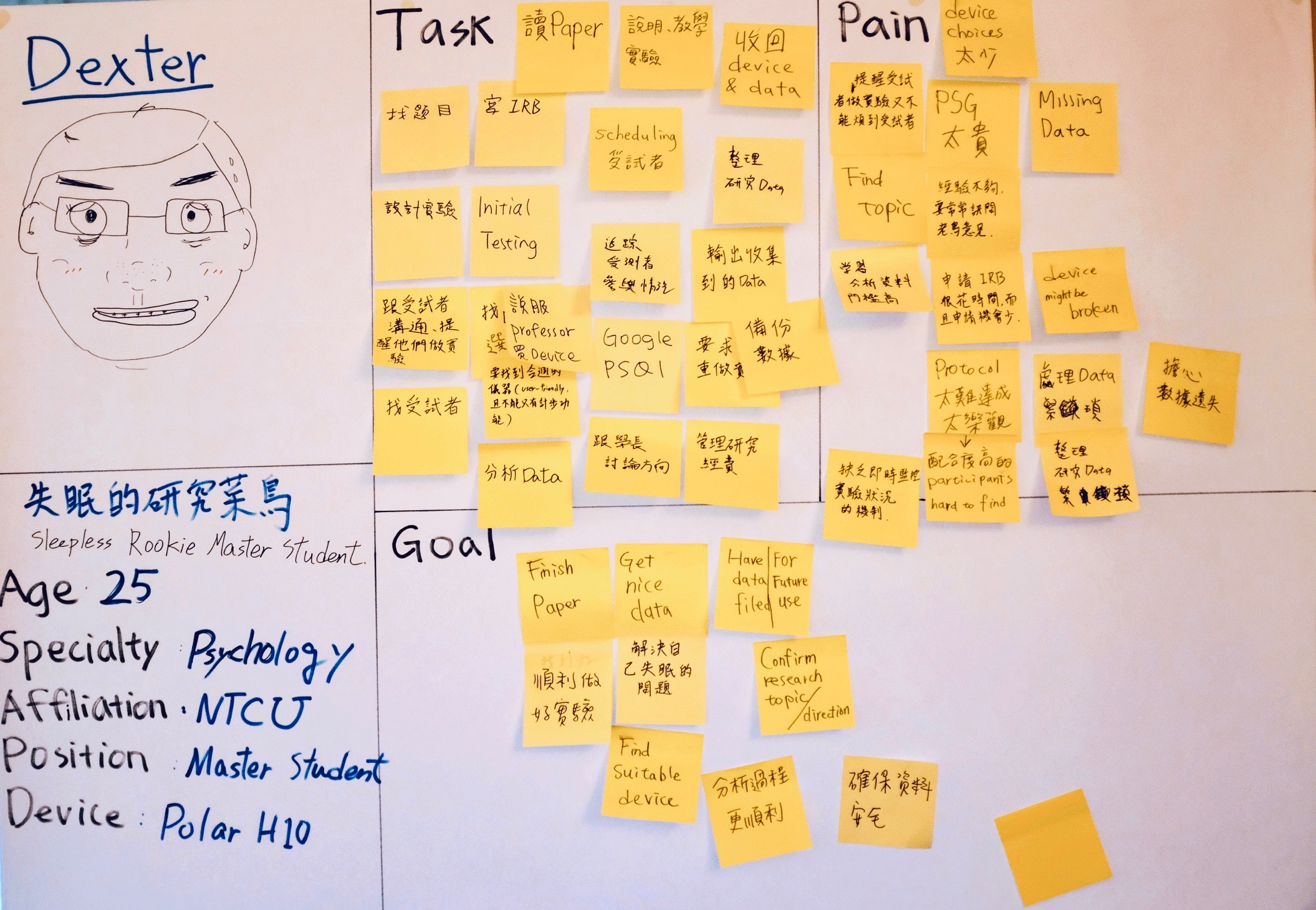
With Dexter the Researcher in mind, we formed a clear understanding of the situation. Researchers joined because they loved the analytical aspect, the sense of discovery and exploration they felt when doing research. But gathering the data they required was often the most time-intensive, resource costly, and onerous task.
How might we help Dexter conduct research more successfully by helping in the collecting or managing data process?
We conducted a 2-day brainstorm sprint comprised of engineers, marketers, business strategists, in addition to designers with a clear goal: to simplify and optimize the data collection process, allowing Researchers to spend less time on data collection and more time on data analysis.
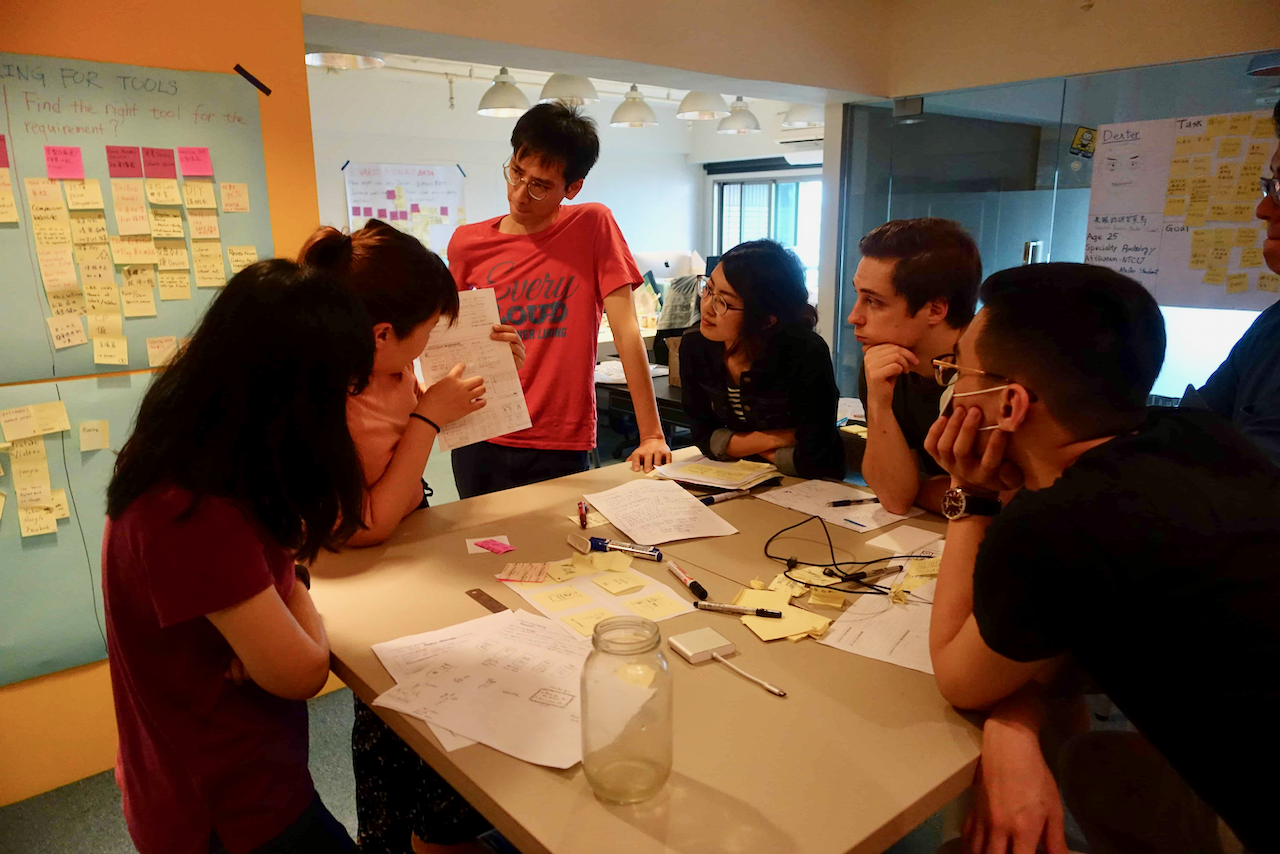
Our diverse team came up with many incredible ideas. I’ve included some of these here.
The workshop was very successful as we gained lots of creative insights. More importantly, we got everyone involved in the design process.
We narrowed down our brainstorming ideas based on company’s strategy and came up a service that could largely benefit the researchers:
Armed with the insights from our brainstorming, we came up with a service concept:
A platform that enables researchers to remotely collect physiological data from participants and easily manage participant compliance at the same time.
The goal is to help researcher collect high-quality data more efficiently than ever before. With PhysioQ LabFront, researchers are no longer limited by the physical restrictions of the lab — allowing both researchers and participants to operate from the comfort of their homes. This has the added bonus of facilitating the collection of "real-world data".
In order to make sure our service is on the right track, we conducted an evaluation session using an interactive prototype. The following topics are what we wanted to learn from the evaluation stage:
We invited 3 researchers to our concept testing workshop. All of them have conducted physiological experiments with portable devices before. The goal of this workshop was to know if the users could understand the service concept, as well as singling out the most important features.
The process of the workshop was as follows:
Session 1: Introduce the overall service outline to the users, trying to gauge their understanding of it.
Session 2: Explore the user's interests towards each feature.
Session 3: Present the interactive prototype to the users to get their feedback.
We presented our service to the users using the marketing website and video.
We used feature cards as materials to facilitate the users to talk about their understanding of each feature.
We got lots of valuable insights and feedback from the workshop. The users were very excited about our service since they could see LabFront helping them increase efficiency in conducting experiments. From the workshop, we discovered their understanding (or misunderstandings) of each feature, as well as how could we adjust the service to improve the user experience.
The followings are some of the feedback we got:
Next, I will walk through the interaction design of LabFront, covering the design of user flows, information architecture, experiences, and the user interface.